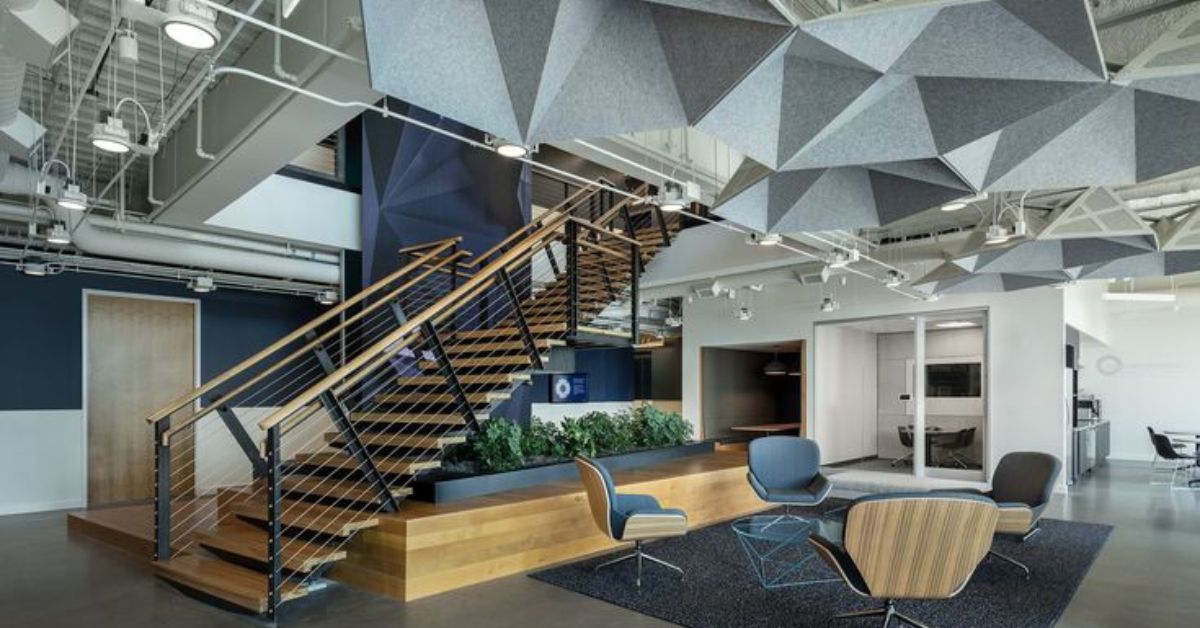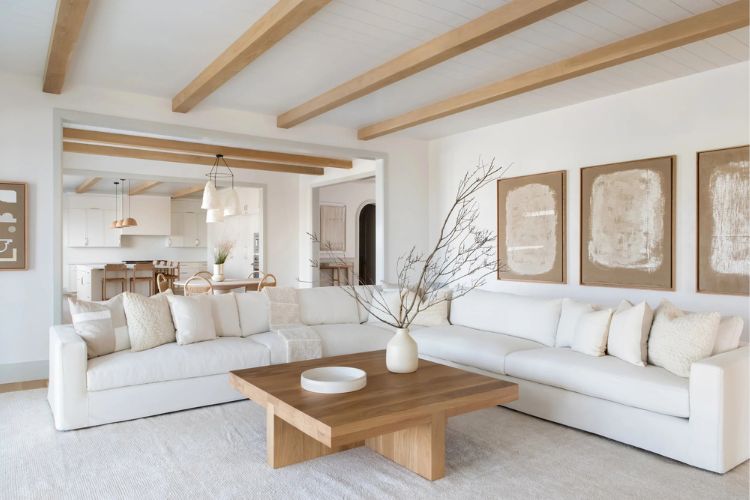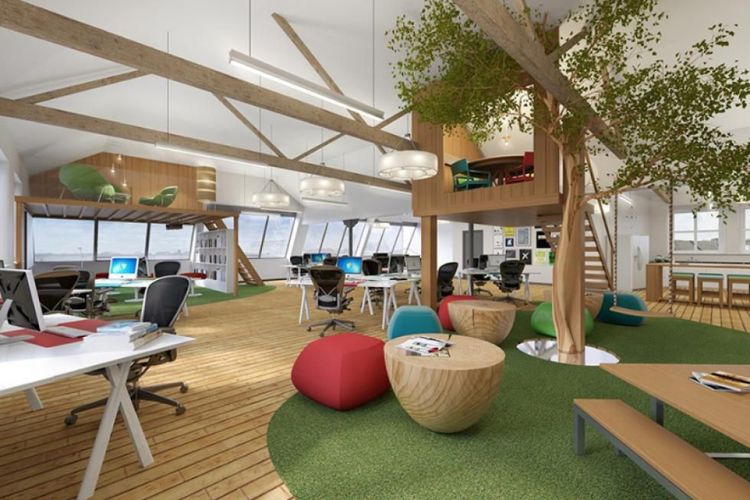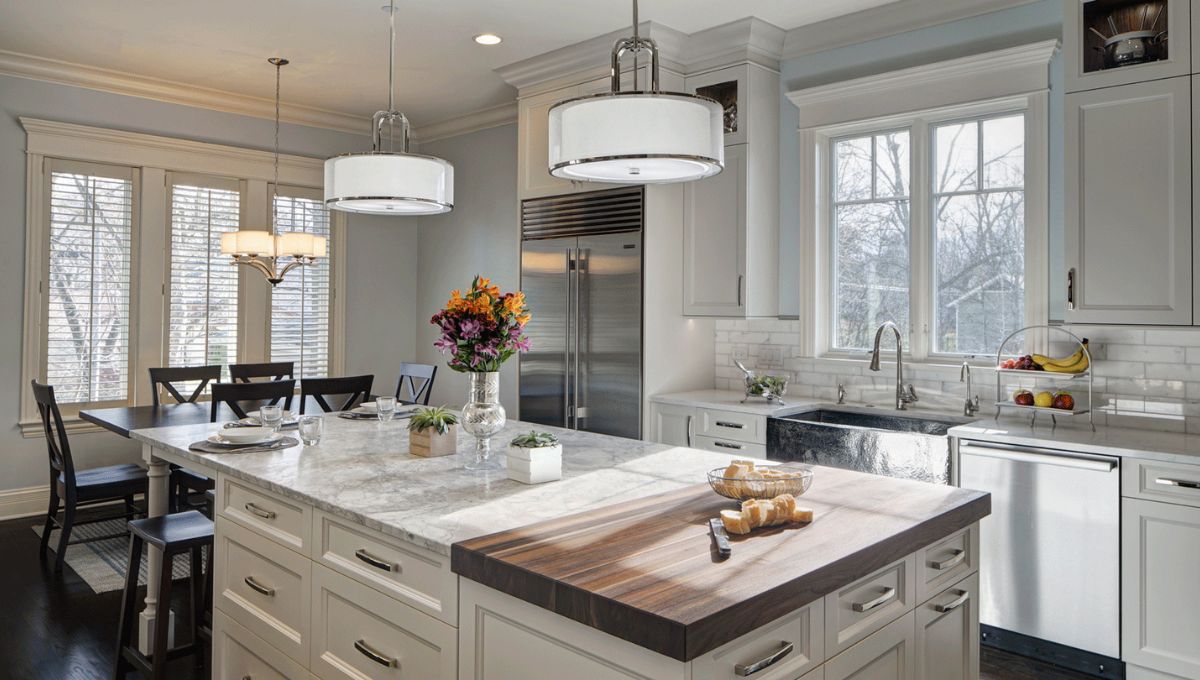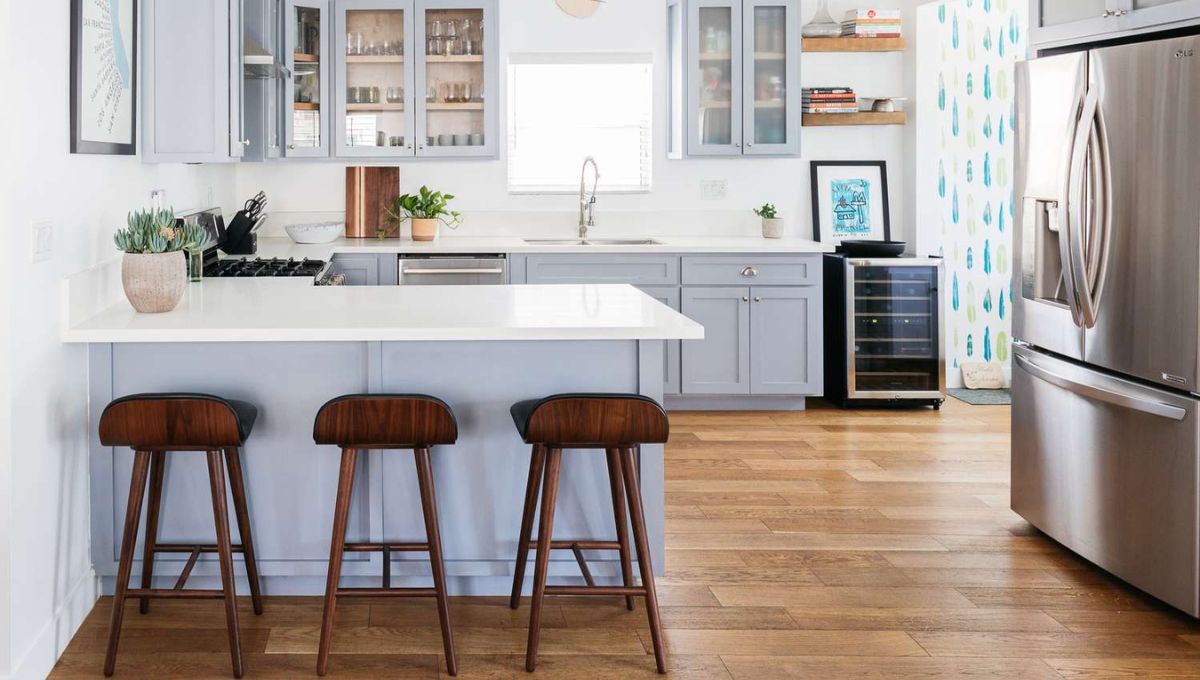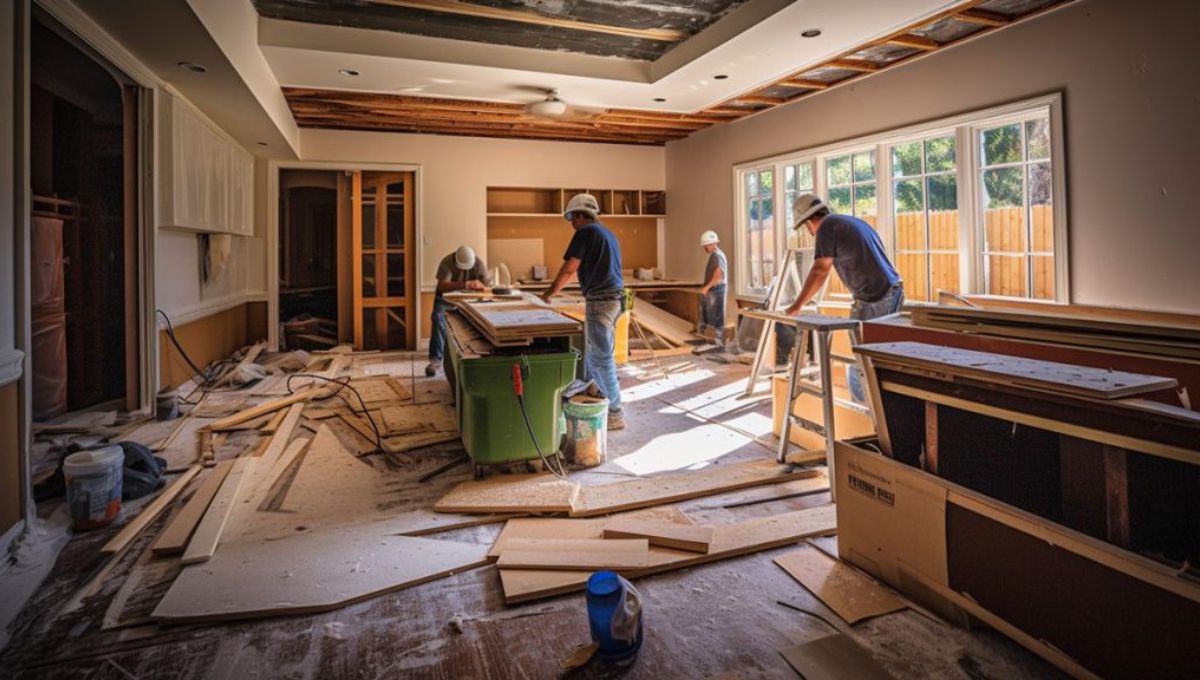In today’s evolving world of design, business spaces are becoming as conscious as the people who fill them. From eco-luxe lobbies to earth-toned meeting rooms, the demand for sustainable materials for interiors is reshaping how commercial environments are imagined. Forward-thinking companies and design studios are now blending environmental responsibility with elevated aesthetics, and the results are more brilliant, healthier spaces that work for people and the planet.
Designing the Future: Power of Sustainable Design in Interior Design
Intentional design is increasingly important in the world we live in. Organizations are becoming more environmentally conscious, not just for marketing purposes but also for their health, longevity, and impact on the environment.
Using the best materials for sustainable interiors, designers are creating chic and ethical experiences that are both functional and forward-thinking. These choices align with corporate values and contribute to certifications like LEED or WELL, which are fast becoming standard in commercial construction.
1. Why Businesses Are Choosing Eco-Conscious Design
A growing number of organizations recognize how thoughtful commercial interior design directly impacts wellness, productivity, and brand image.
- Improve indoor air quality with non-toxic paints and finishes
- Enhance employee satisfaction with biophilic design
- Appeal to eco-conscious clients and partners
2. Creating Intentional Interiors with Eco-Friendly Intention
The evolution toward interior design with sustainable materials is not merely fashion; it is about accountability and purpose.
- Lower carbon footprints with local sourcing
- Durable materials are better for waste and renovation cycles
- A beautiful, adaptable look that works for all industries
Material Matters: Discovering the Best Materials for Sustainable Interiors
Today’s designers don’t just follow trends; they lead with responsibility. Incorporating sustainable design in interior design is now considered essential in any commercial project. As environmental concerns rise, so does demand for materials that protect the planet while enhancing the built environment.
- Reclaimed Wood Finishes: Bring warmth and texture while reducing deforestation.
- Bamboo and Cork Flooring: Fast-growing, renewable options that are durable and stylish.
- Low-VOC Paints and Adhesives: Improve air quality for employees and customers alike.
- Recycled Metal and Plastic Surfaces: Great for counters, walls, and fixtures with modern flair.
- Sustainable interior design materials: Include wool, jute, or hemp fabrics that are biodegradable, renewable, and elegant.
The New Luxury: Interior Design with Sustainable Materials at Its Core
The expiration date for sustainable was once synonymous with boring. But today, eco-friendly materials are producing impactful design opportunities. Commercial spaces from luxe lobbies and happy offices demonstrate that sustainability and design can go hand in hand.
Interior design conveys messages about an organization’s culture and its beliefs regarding quality, environmental responsibility, and the collective future. By incorporating sustainable materials interior design provides layered textures and a natural color palette, making it well-suited for today’s harsh wear and tear, and remains apolitical in its impact.
1. Bamboo Paneling and Flooring
An increasingly popular choice, bamboo is among the best materials for sustainable interiors due to its fast growth, strength, and sophisticated look.
- Durable under high foot traffic
- Available in various stains and styles
- Naturally antimicrobial
2. Recycled Glass Accents
From tiles to countertops, recycled glass is redefining how sustainable materials for interiors bring elegance and sparkle to commercial design.
- Reflects light for vibrant, open spaces
- Uses post-consumer waste, lowering landfill impact
- Great for reception areas or restrooms
3. Organic Textiles and Wall Coverings
Natural fabrics and wallpapers made from jute, hemp, or wool are standout sustainable interior design materials that introduce softness and warmth.
- Biodegradable and toxin-free
- Sound-absorbing qualities enhance comfort
- Adaptable to luxury or minimalist designs
Design Smarter: Sustainable Materials for Interiors Are Changing Workspaces
Choosing green materials doesn’t just affect aesthetics; it builds better buildings. When using the best materials for sustainable interiors, businesses report lower operating costs, improved indoor air quality, and increased satisfaction from employees and customers alike.
When we design with intention, it changes everything. Acoustic panels made from recycled PET and flooring made from sustainable sources that will last decades are allowing for commercial interiors that feel lighter, healthier, and more connected to the planet.
Materials Reshaping Interiors for a Greener Future
Spaces are evolving, and so are the materials that shape them. Today’s designers are pushing beyond convention with creative uses of salvaged, natural, and recycled materials.
- Office Spaces: Noise-reducing wall panels and sustainable desks made from composite bamboo.
- Retail Stores: Recycled flooring tiles and LED fixtures reduce operational costs and enhance the customer experience.
- Hospitality: Biodegradable linens and sustainable interior design materials like reclaimed wood headboards elevate guest stays.
Resilient & Responsible: The Best in Sustainable Interior Design Materials
Interior design services are no longer a niche approach; it’s a smart strategy for future-ready businesses. The next generation of workspaces will prioritize health, sustainability, and social responsibility.
Whether it’s for branding, energy efficiency, or occupant wellness, more businesses are embracing sustainable design in interior design to meet client and employee expectations.
- Healthier indoor environments for team productivity
- Durable materials that reduce long-term costs
- Qualify for green certifications (LEED, WELL, etc.)
- Showcase your brand’s commitment to sustainability.
Ultimately, commercial spaces built with intention today are better prepared for innovations like electric vehicle servicing, green mobility stations, and smart office tech tomorrow.
Bottom Line
The future of commercial interiors is bright, clean, and conscious. Using sustainable materials for interiors during renovations helps businesses reduce waste, save money, and build a brand that resonates with today’s eco-conscious world.
As the world transitions to cleaner energy and innovative workspaces, choosing sustainability now is a long-term win for your company, your team, and the planet.
Book your design consultation today and bring sustainability into every square foot of your space.
FAQs
1. What are sustainable materials for interiors?
They are materials made from renewable, recycled, or low-impact resources that reduce environmental harm during use and production.
2. Why is commercial interior shifting toward sustainability?
Commercial interior now prioritizes health, energy efficiency, and brand alignment with eco-conscious values.
3. What are the best materials for sustainable interiors?
Bamboo, cork, reclaimed wood, low-VOC paints, and recycled metals are among the materials for sustainable interiors.

